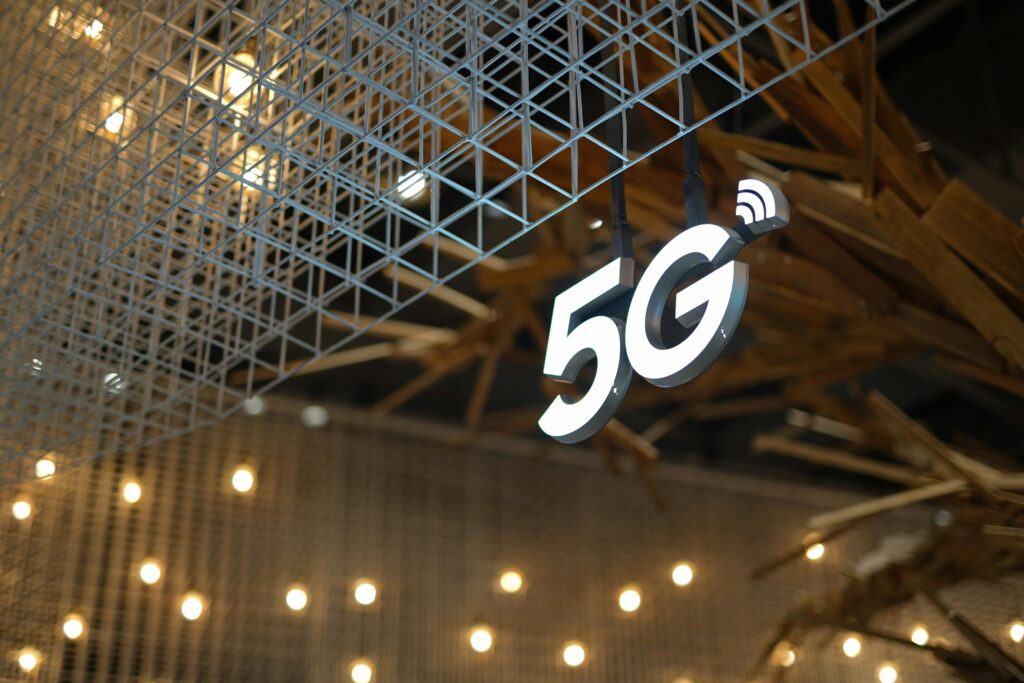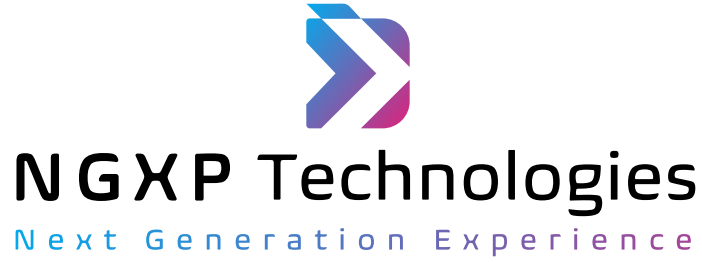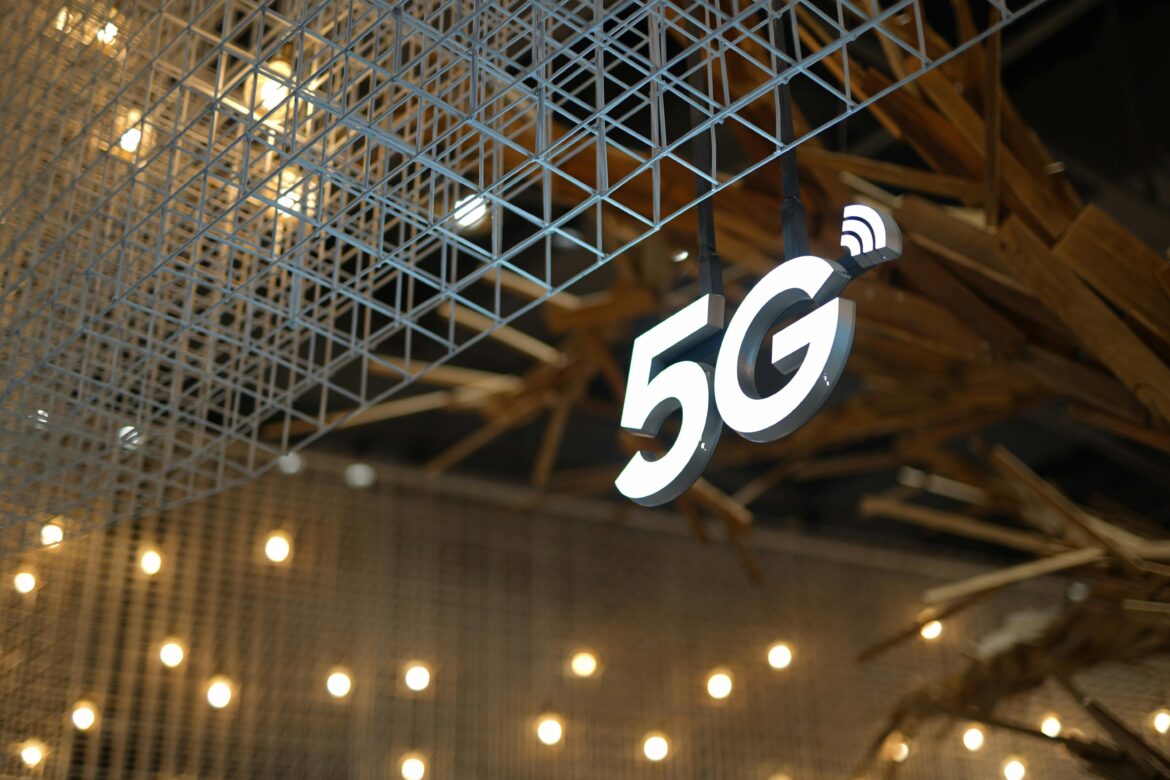 The world of technology is evolving at lightning speed, and at the centre of this transformation is the expansion of 5G technology. Unlike its predecessors, 5G is not simply about faster browsing or streaming; it represents a complete reimagining of how we connect, communicate, and interact with devices. With ultra-fast speeds, ultra-low latency, and massive connectivity, 5G has become the foundation for powering the next generation of connected devices and smart homes.
The world of technology is evolving at lightning speed, and at the centre of this transformation is the expansion of 5G technology. Unlike its predecessors, 5G is not simply about faster browsing or streaming; it represents a complete reimagining of how we connect, communicate, and interact with devices. With ultra-fast speeds, ultra-low latency, and massive connectivity, 5G has become the foundation for powering the next generation of connected devices and smart homes.
As more households embrace the Internet of Things (IoT), the need for reliable and efficient networks has skyrocketed. From AI-driven security cameras to intelligent appliances, smart thermostats, immersive entertainment systems, and luxury gadgets, the possibilities with 5G are limitless. This network can support millions of devices simultaneously, allowing homes to become truly intelligent ecosystems that adapt to the lifestyle of their owners.
In 2025, 5G is more than a technological upgrade — it’s the driving force behind a seamless, futuristic living experience, enabling smarter homes, safer spaces, and connected lifestyles like never before.
Why 5G Matters for Connected Devices
One of the biggest limitations of earlier networks was congestion. As more devices became “smart,” from thermostats to speakers, networks struggled to provide stable, real-time performance. 5G solves this problem with:
- Ultra-low latency: Devices communicate almost instantly, critical for real-time automation.
- Massive bandwidth: Supports large amounts of data transfer across multiple devices simultaneously.
- Device density: 5G can support up to 1 million devices per square kilometer, making it ideal for IoT-heavy homes.
- Reliability: Less downtime and stronger performance even in high-density urban areas.
This means homeowners can finally integrate dozens—or even hundreds—of connected devices without slowdowns or network drops.
Impact of 5G on Smart Homes
The smart home market 2025 is experiencing rapid growth, thanks to the widespread rollout of 5G. This transformation is more than convenience; it’s reshaping how we live.
1. Smart Security Systems
Home security is one of the biggest winners in the 5G revolution. With lightning-fast data transmission and near-zero latency, AI-powered surveillance cameras can stream crystal-clear 4K or even 8K video in real time, ensuring homeowners never miss a detail. Biometric door locks, facial recognition systems, and motion detectors can instantly verify identities, trigger alarms, or send alerts without lag. This means improved accuracy in detecting potential intruders and faster response times. For frequent travelers, 5G makes it possible to monitor live feeds from anywhere in the world with complete reliability, ensuring total peace of mind.
2. Energy Management and Sustainability
Energy management becomes smarter and more efficient with the expansion of 5G. AI-driven thermostats, smart meters, and connected appliances can process energy consumption data in real time, automatically adjusting to reduce wastage. Imagine your washing machine running when electricity rates are lowest or your lights dimming when natural sunlight is strong. With 5G, these optimizations happen instantly and across multiple devices. For eco-conscious and luxury homeowners alike, this not only reduces electricity bills but also contributes to sustainable living. It’s a perfect blend of convenience, savings, and environmental responsibility, driven by intelligent connectivity.
3. Immersive Entertainment
5G is revolutionizing home entertainment by offering seamless, ultra-high-definition experiences. With massive bandwidth and low latency, smart TVs, VR headsets, and gaming consoles can now deliver buffer-free 8K streaming, AR/VR gaming, and cloud-based platforms that were once impossible on 4G. Families can enjoy immersive cinematic quality at home, while gamers experience lag-free online matches with unmatched responsiveness. 5G also makes multi-device streaming easier, ensuring every member of the household can enjoy their own entertainment without performance issues. This marks a new era of immersive, on-demand entertainment, making smart homes the ultimate hub for digital experiences.
4. Health and Wellness Monitoring
The rise of connected healthcare devices in smart homes is powered by 5G’s ability to transfer critical data instantly. Smartwatches, fitness trackers, and connected medical equipment can now monitor heart rates, blood oxygen levels, or sleep cycles and transmit real-time data to healthcare providers. This enables early detection of potential health issues and timely intervention. For elderly or chronically ill family members, devices like fall detectors and connected monitoring systems can alert caregivers instantly. By turning houses into personal health hubs, 5G empowers homeowners to prioritize wellness and receive professional insights without leaving their homes.
5. Full Automation & AI Integration
Smart homes are evolving from automated spaces to intelligent ecosystems, thanks to 5G and artificial intelligence. Instead of relying on manual commands or scheduled routines, AI-driven hubs powered by 5G learn user behaviors and anticipate needs. For example, your home can detect when you’re near and automatically turn on lights, adjust the thermostat, and even prepare entertainment settings. Appliances like ovens or coffee machines can sync with your daily habits for ultimate convenience. With faster connectivity, devices communicate seamlessly, creating a predictive, adaptive home environment that elevates comfort, energy savings, and luxury living.
Comparison: Smart Homes Before and After 5G
| Feature / Capability | With 4G & Wi-Fi Limitations | With 5G Integration (2025) |
| Device Connectivity | Struggles beyond 15–20 devices | Supports thousands simultaneously |
| Streaming Quality | Buffering at 4K, unstable VR/AR | Seamless 8K + VR/AR with zero lag |
| Home Security | Delay in live feeds & alerts | Real-time monitoring, AI-driven |
| Automation | Basic scheduled routines | Predictive, AI-powered automation |
| Energy Efficiency | Manual adjustments | Real-time analytics & optimization |
| Healthcare Devices | Delayed sync with apps | Instant real-time health data updates |
| Gaming & Entertainment | Latency issues in cloud gaming | Lag-free immersive experiences |
This table shows how 5G technology unlocks the true potential of connected devices and smart homes, pushing them from “useful” to “intelligent.”
The Role of 5G in Luxury Gadgets
In the premium market, luxury gadgets 2025 are being built with 5G as a baseline. These aren’t just everyday tools — they’re lifestyle statements.
- Luxury Smartphones – Featuring titanium casings, 5G-enabled secure communications, and concierge services.
- Luxury Smartwatches – Swiss hybrids with 5G-powered data sync for real-time health insights.
- Immersive VR Headsets – Luxury VR and AR systems running on 5G cloud for realistic simulations.
- Connected Automobiles – High-end cars using 5G to communicate with smart homes for seamless integration.
These luxury tech devices are not just about speed, but about exclusivity, convenience, and future-ready living.
Benefits of 5G for Smart Home Owners
- Convenience
5G ensures that all smart devices within the home operate smoothly and without lag. From controlling appliances remotely to managing lighting and climate, homeowners experience seamless integration, saving time and effort while making daily living more efficient. - Security
Enhanced connectivity supports advanced security systems with real-time monitoring, AI-driven surveillance, and instant alerts. Whether at home or away, residents can check live feeds, detect unusual activities, and respond quickly, providing unmatched peace of mind and complete control over home safety. - Lifestyle Upgrade
With ultra-fast and reliable connections, 5G enables smarter living experiences, from immersive home theaters to personalized health monitoring devices. Homeowners enjoy luxury, convenience, and innovation, making everyday activities—from entertainment to wellness—more engaging, efficient, and tailored to individual preferences and needs. - Long-Term Value
Homes equipped with 5G-integrated smart systems become more future-ready and desirable in the real estate market. Buyers are drawn to properties offering efficiency, safety, and convenience, often increasing property values and ensuring long-term returns on investment for homeowners.
Future Outlook: The Road to 2030
The future of 5G and smart homes looks brighter than ever. By 2030, experts predict that more than 25 billion IoT devices will be connected through 5G networks, making homes truly autonomous ecosystems. With artificial intelligence seamlessly integrated, these homes will not just respond to commands but anticipate needs without human input.
- Predictive Maintenance – Smart appliances and devices will identify issues and repair themselves or alert service providers before a breakdown occurs.
- Smarter Cities – Homes will connect with smart grids, transportation systems, and public infrastructure, creating a larger ecosystem where energy and resources are optimized.
- Energy Neutral Homes – Houses will increasingly rely on renewable energy, managed by 5G-enabled IoT systems for maximum efficiency.
- Integration with 6G – By the late 2030s, early 6G technology will emerge, further enhancing speed, automation, and ultra-intelligent living.
The road ahead promises sustainable, efficient, and interconnected lifestyles.
Conclusion
The expansion of 5G in 2025 represents much more than just an upgrade in internet speed — it’s the foundation of a truly connected world. By delivering ultra-low latency, massive device capacity, and reliable high-speed communication, 5G is transforming ordinary homes into intelligent ecosystems. From luxury gadgets that redefine convenience and style, to smart devices that enhance security, sustainability, and wellness, the possibilities are endless.
For homeowners, adopting 5G means more than convenience; it’s about investing in safety, efficiency, and long-term value. For tech enthusiasts, it opens doors to futuristic experiences such as immersive entertainment, predictive automation, and real-time health monitoring. The question is no longer if you should embrace 5G, but how quickly you can integrate it into your lifestyle. The future of smarter, safer, and more sustainable living has arrived — and it’s powered by 5G.

